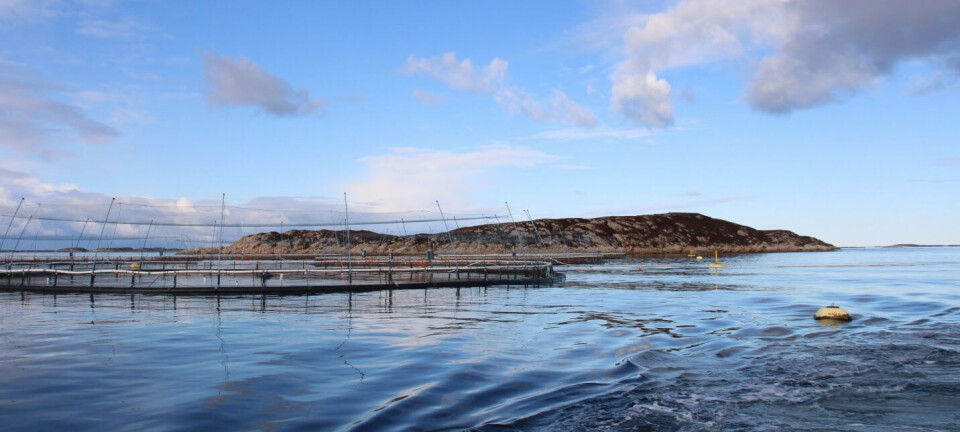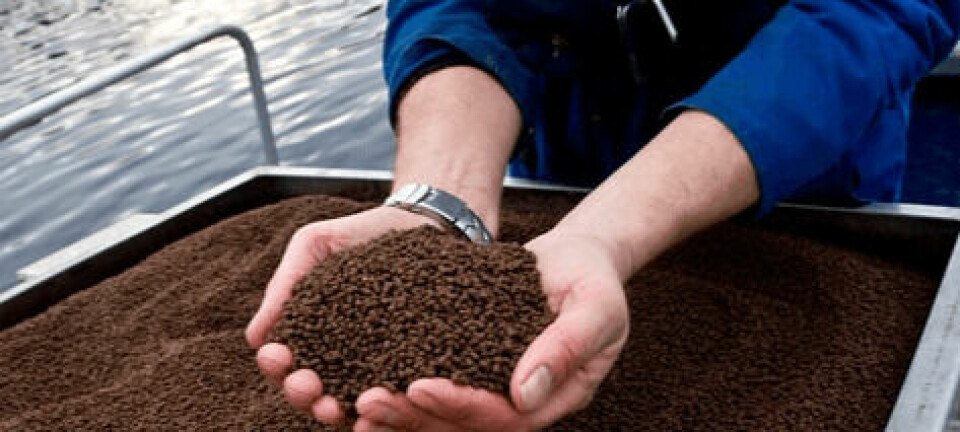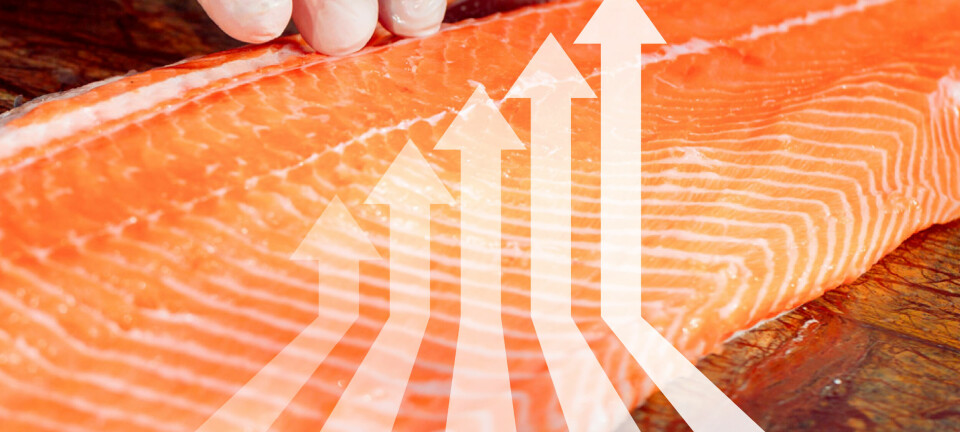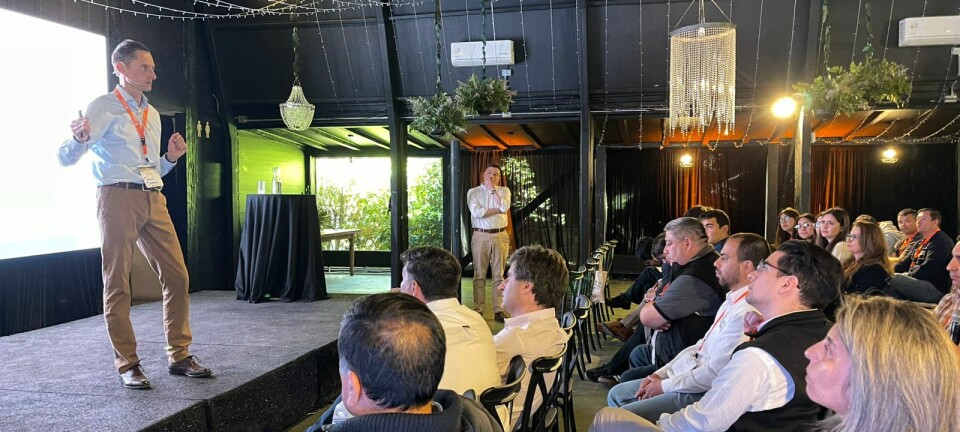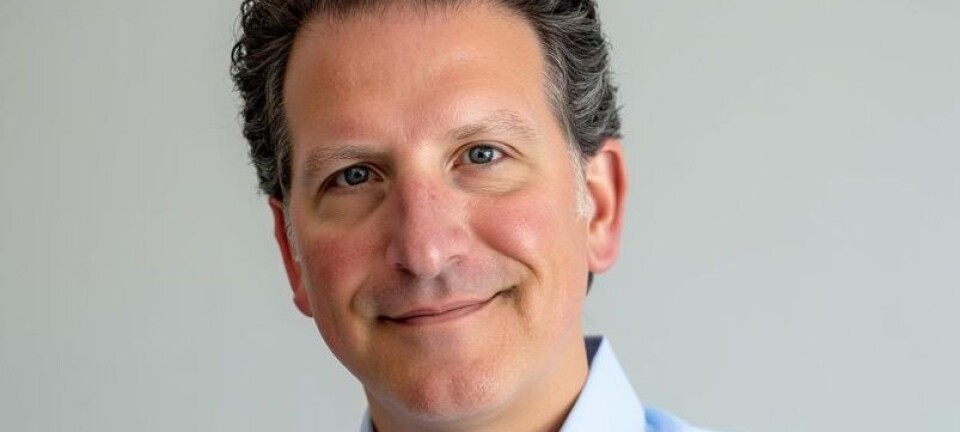New Brunswick IMTA research featured by National Geographic
Tor-Eddie Fossbakk In the series is an episode titled “Dangerous Catch” which investigates the effects of over-fishing and the potential of environmentally responsible aquaculture practices. This episode features Dr Thierry Chopin of the University of New Brunswick in Saint John and Dr Shawn Robinson of the Department of Fisheries and Oceans in St Andrews. They are in charge of the IMTA project. The episode shows how Chopin and Robinson are working with the salmon industry to encourage the creation of “whole ecosystem” farms. These farms involve multiple marketable species instead of single-species farms—an idea that stems back to ancient Chinese aquaculture techniques. Scientists call this type of farming Integrated Multi-Trophic Aquaculture. “What we are doing is relatively simple with salmon, mussels and seaweed,” Chopin states. “We will make it a little more complicated with sea cucumbers, sea urchins, worms and all these things. But really, it’s nothing more than recreating a balanced ecosystem.” And this design has added benefits. According to Robinson, farming filter-feeding shellfish alongside salmon not only significantly reduces waste that spills out from the fish pens, but also the possibility of virulent diseases like infectious salmon anemia. Reports from Norway’s Institute of Marine Research, suggest the blue mussel, Mytilus edulis, can consume and inactivate the anemia virus with no ill effects to edibility of this shellfish. The Laboratory of Dr. Chopin is part of a large interdisciplinary team working on the development of integrated multi-trophic aquaculture (IMTA) systems. IMTA is the practice which combines, in appropriate proportions, the cultivation of fed aquaculture species (e.g. finfish/shrimp) with inorganic extractive aquaculture species (e.g. seaweed) and organic extractive aquaculture species (e.g. shellfish/herbivorous fish) to create a balanced ecosystem management approach to aquaculture for environmental sustainability (biomitigation), economic stability (product diversification and risk reduction) and societal acceptability (better management practices). The aim is to increase long-term sustainability and profitability per cultivation unit (not per species in isolation as is done in monoculture), as the by-products (wastes) of one crop (fed animals) are converted into fertilizer, food and energy for the other crops (extractive plants and animals), which can in turn be sold on the market. Feed is one of the core operational costs of finfish aquaculture operations. Through IMTA, some of the food, nutrients and energy considered lost in finfish monoculture are recaptured and converted into crops of commercial value, while biomitigation takes place. In this way all the cultivation components have an economic value, as well as a key role in services and recycling processes of the system, the harvesting of the different types of crops participating in the export of nutrients out of the coastal ecosystem. Contrary to monoculture, IMTA takes advantage of organisms functioning at different trophic or nutritional levels. It is based on an age-old, common-sense, recycling and farming practice in which the solution to nutrification is not dilution but conversion within an ecosystem-based management perspective. Production can, then, be diversified and remains environmentally responsible and economically profitable – thereby ensuring a sustainable aquaculture sector. Multi-trophic integration appears to be the logical next step in the evolution of aquaculture practices in New Brunswick and worldwide. The Laboratory of Dr. Thierry Chopin works on seaweeds, the inorganic extractive component of the IMTA system being developed in the Bay of Fundy, in Eastern Canada, taking it from experimental research, to development and scale-up commercialization (R&D&C from concept to adopted practice).




















